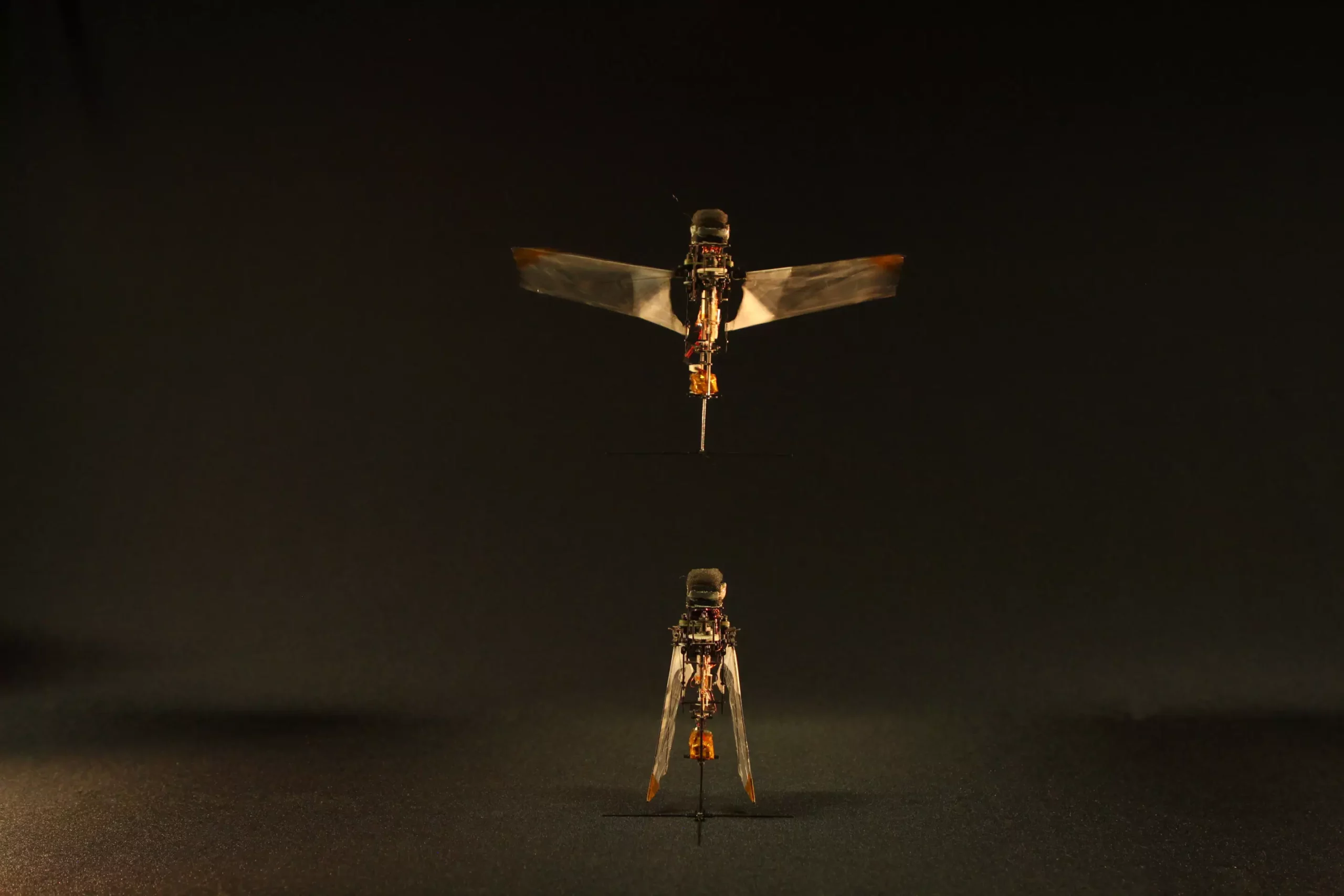The wing dynamics of flying animals have always fascinated scientists and engineers alike, leading to the development of various flying robotic systems. While birds and bats use their pectoral and wing muscles to flap their wings, the mechanisms behind the wing movements of insects have remained a mystery for a long time. Recently, researchers from Ecole Polytechnique Fédérale de Lausanne (EPFL, Switzerland) and Konkuk University (South Korea) delved into the wing deployment and retraction processes of herbivorous insects known as rhinoceros beetles.
The study, published in Nature, unveiled how rhinoceros beetles passively deploy and retract their wings by utilizing their elytra and flapping forces. This passive mechanism is a stark contrast to the active muscle-driven processes seen in birds and bats. Leveraging this newfound insight, the researchers developed a flapping microrobot that mimics the wing movements of rhinoceros beetles. By incorporating elastic tendons at the armpits, the microrobot is able to fold its wings along its body when at rest, and passively deploy them during flight.
The implications of this research are vast, with the flapping microrobot being touted for potential use in search and rescue missions in confined spaces. Its ability to navigate narrow spaces and switch between flight and crawling modes makes it a versatile tool for exploration and surveillance. Moreover, the microrobot’s low-flapping frequency ensures safety and human-friendliness, making it suitable for educational purposes as well.
While the initial tests of the flapping microrobot have shown promising results, there is room for further improvement and real-world testing. Looking ahead, the researchers plan to explore the passive strategies used by other insects with limited muscle availability, such as tiny flies. By delving deeper into the biomechanics of insect flight, there is potential to unlock even more innovations inspired by nature.
The discoveries made by researchers studying rhinoceros beetle wing dynamics have opened up a whole new realm of possibilities in the field of robotics. By emulating the passive wing deployment mechanisms of insects, engineers have created a versatile tool that can revolutionize search and rescue operations, surveillance missions, and educational activities. The future holds exciting prospects for the development and refinement of flapping microrobots, with endless potential for innovative applications inspired by nature’s ingenuity.


Leave a Reply